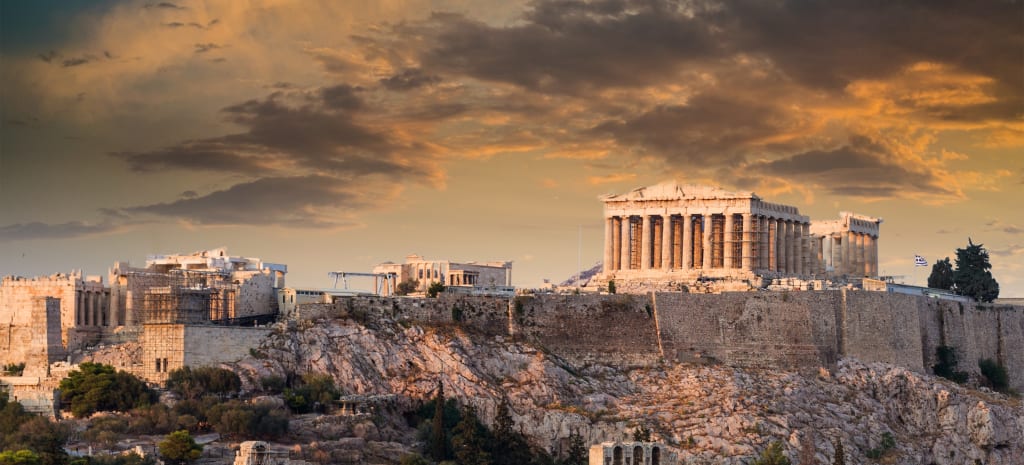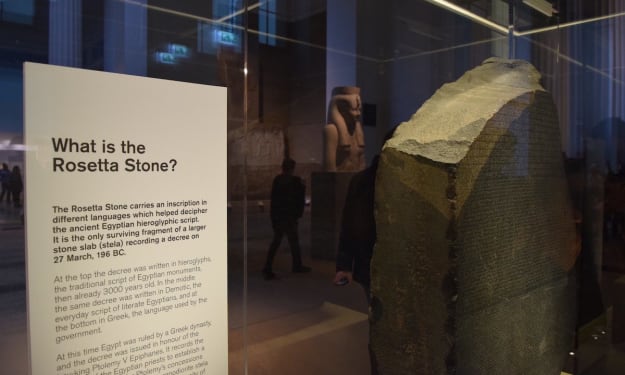Greek Parthenon: Icon of Classical Architecture and Cultural Symbolism
History

The Parthenon, located atop the Acropolis of Athens, is one of the most iconic and enduring symbols of ancient Greek civilization. Renowned for its architectural perfection, artistic decoration, and historical significance, the Parthenon represents the pinnacle of Classical Greek architecture. This article explores the origins, design, construction, artistic elements, cultural significance, and enduring legacy of the Greek Parthenon.
Origins and Historical Context
The Parthenon was constructed between 447 and 432 BCE during the height of Athenian democracy and power, under the leadership of statesman Pericles and the supervision of architects Ictinus and Callicrates, with sculptural decoration overseen by Phidias. The temple was dedicated to Athena Parthenos, the patron goddess of Athens, and served as the city's treasury.
Athens, at the time, was the cultural and intellectual center of Greece, flourishing in arts, philosophy, and politics. The construction of the Parthenon was a statement of Athenian pride and religious devotion, reflecting the city-state's wealth and commitment to honoring its deities.
Design and Construction
The Parthenon's design exemplifies the principles of Classical Greek architecture:
- Doric Order: The temple is built in the Doric order, characterized by simple, sturdy columns topped with plain capitals. The architects employed optical refinements, such as slight swelling and curvature (entasis), to counteract visual distortions and create an impression of perfect symmetry.
- Architectural Proportions: The Parthenon is constructed according to precise mathematical and geometric principles, including the ratio of its dimensions to achieve visual harmony (the Golden Ratio).
- Marble Construction: The temple is primarily made of Pentelic marble, quarried from Mount Pentelicus near Athens. This fine-grained, white marble was highly prized for its durability and aesthetic appeal.
- Sculptural Program: The Parthenon was adorned with an extensive sculptural program, including the famous frieze depicting scenes from the Panathenaic procession, metopes showcasing mythical battles, and the monumental statue of Athena Parthenos inside the cella.
Artistic Elements and Decoration
The Parthenon's artistic decoration is renowned for its craftsmanship and aesthetic beauty:
- Sculptural Masterpieces: The sculptural friezes and pedimental sculptures of the Parthenon are masterpieces of Classical Greek art. Created by renowned sculptors, including Phidias and his workshop, these sculptures embody idealized forms and narrative storytelling.
- Marble Metopes: The metopes of the Parthenon depict mythical battles and heroic deeds, showcasing the Greeks' reverence for their legendary past and ideals of heroism.
- Pedimental Sculptures: The east and west pediments featured statues depicting scenes from Greek mythology, such as the birth of Athena and the contest between Athena and Poseidon for Athens' patronage.
Cultural and Symbolic Significance
The Parthenon held profound cultural and symbolic significance in ancient Athens:
- Religious Center: As the temple of Athena, the Parthenon was the focal point of religious rituals, festivals (including the Panathenaic Games), and sacrifices honoring the goddess of wisdom, arts, and warfare.
- Political Statement: The construction of the Parthenon was a political statement of Athenian power and democracy. It served as a symbol of civic pride and cultural achievement, reinforcing Athens' status as a leading city-state in Greece.
- Symbol of Western Civilization: The Parthenon has come to symbolize the ideals of democracy, artistic excellence, and intellectual pursuit that define Western civilization. Its influence on architecture, art, and philosophy resonates through the centuries.
Historical Impact and Rediscovery
The historical impact of the Parthenon extends beyond its original context:
- Architectural Influence: The Parthenon's design and proportions have inspired architects and artists throughout history. Its influence can be seen in numerous buildings and monuments, including neoclassical architecture during the 18th and 19th centuries.
- Archaeological Excavations: Archaeological excavations and restoration efforts have revealed new insights into the construction techniques, artistic methods, and historical context of the Parthenon. These discoveries continue to enrich our understanding of ancient Greek culture and architecture.
- Cultural Heritage: The Parthenon remains a UNESCO World Heritage Site and a symbol of cultural heritage and preservation. Efforts to conserve its remains and sculptures are ongoing, ensuring that future generations can appreciate its historical and artistic significance.
Legacy and Modern Relevance
The legacy of the Greek Parthenon endures as a symbol of human achievement and cultural heritage:
- Tourist Attraction: The Parthenon is a major tourist destination, attracting millions of visitors annually who come to admire its architecture and learn about its history.
- Educational Resource: The study of the Parthenon continues to inform scholarly research in archaeology, art history, and classical studies. It serves as a case study in ancient engineering, sculpture, and cultural symbolism.
- Symbol of Democracy: The Parthenon symbolizes the ideals of democracy, artistic expression, and intellectual pursuit that continue to resonate in modern societies.
Conclusion
The Greek Parthenon stands as a testament to the architectural genius, artistic creativity, and cultural significance of ancient Greece. Its construction and decoration reflect the pinnacle of Classical Greek civilization, embodying ideals of harmony, beauty, and civic pride. Rediscovered and celebrated through the ages, the Parthenon continues to inspire awe and admiration, serving as a timeless symbol of human achievement and cultural heritage. As a beacon of artistic and architectural excellence, the Parthenon remains a cherished icon of Western civilization and a testament to the enduring legacy of ancient Greek culture.
About the Creator
Marveline Merab
“History never repeats itself. Man always does.”
― Voltaire
Enjoyed the story? Support the Creator.
Subscribe for free to receive all their stories in your feed. You could also pledge your support or give them a one-off tip, letting them know you appreciate their work.






Comments
There are no comments for this story
Be the first to respond and start the conversation.